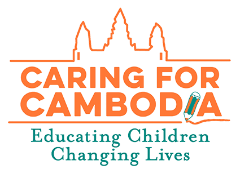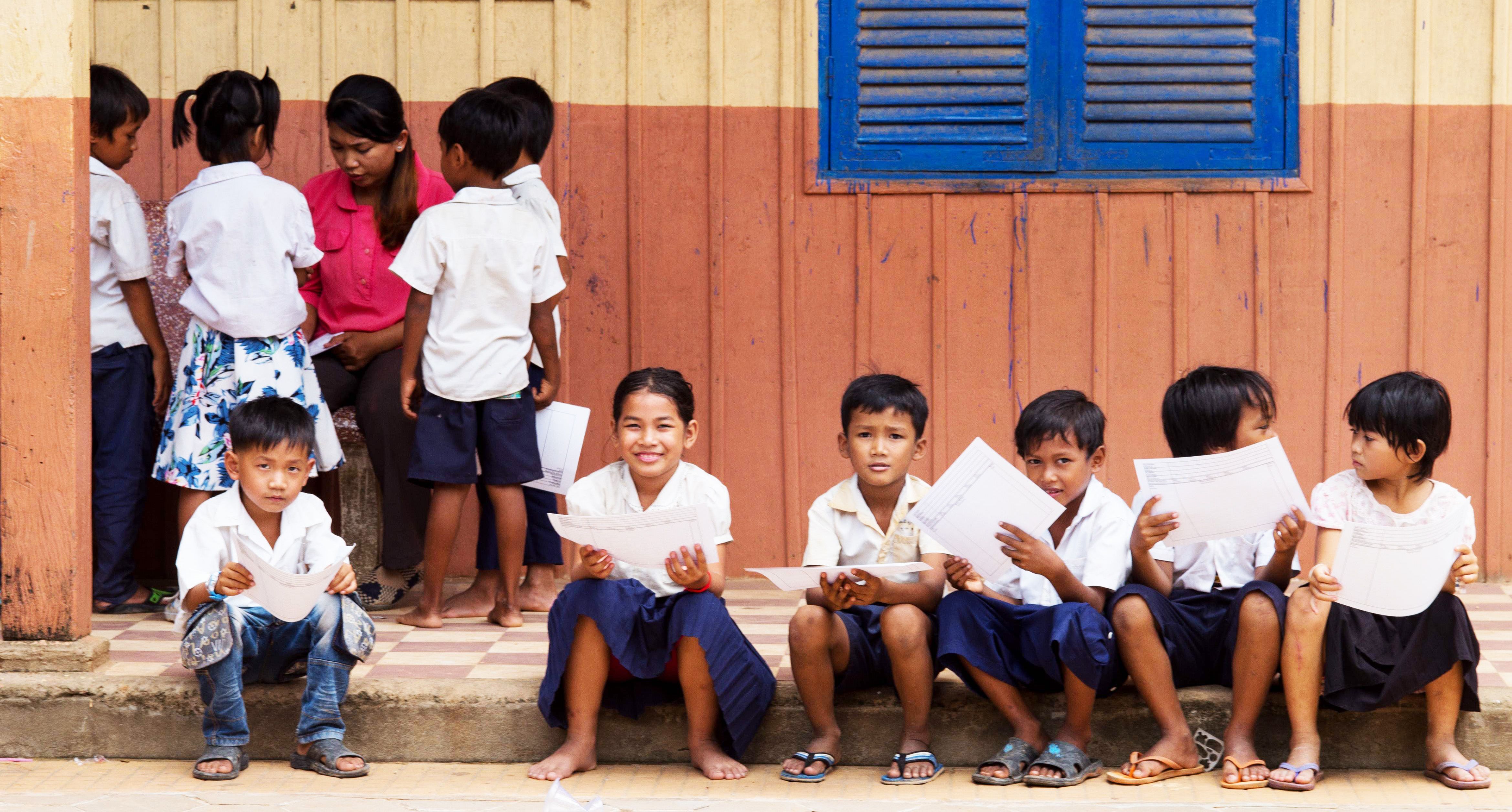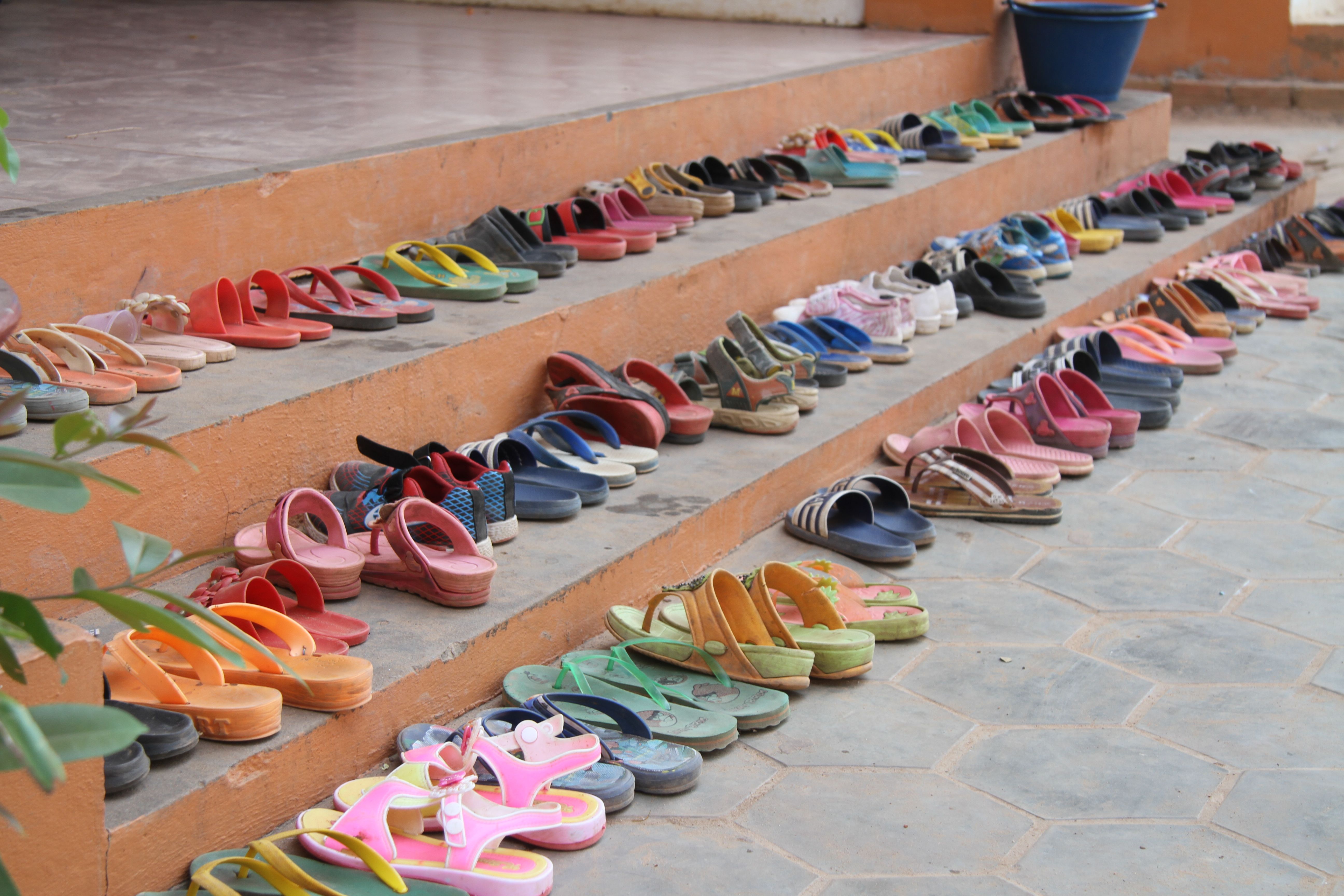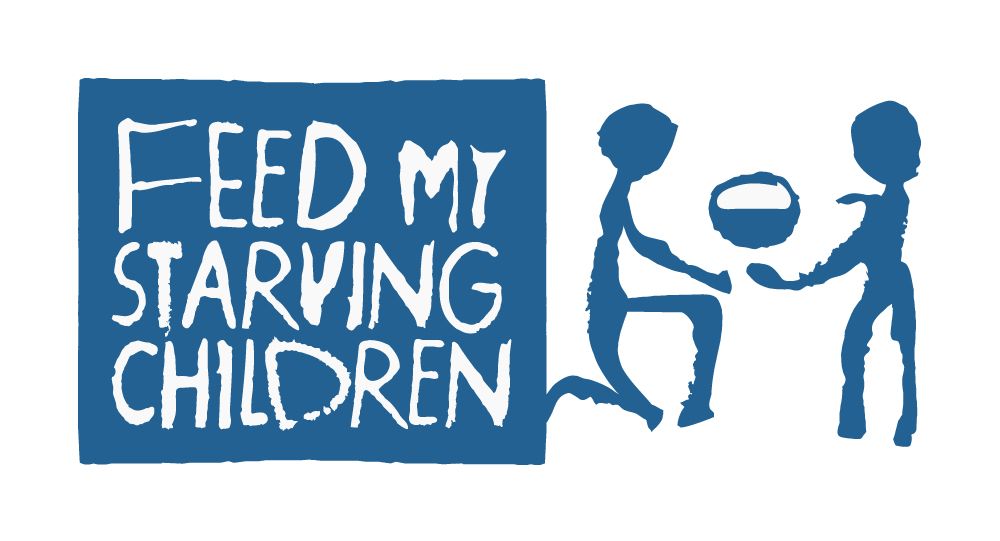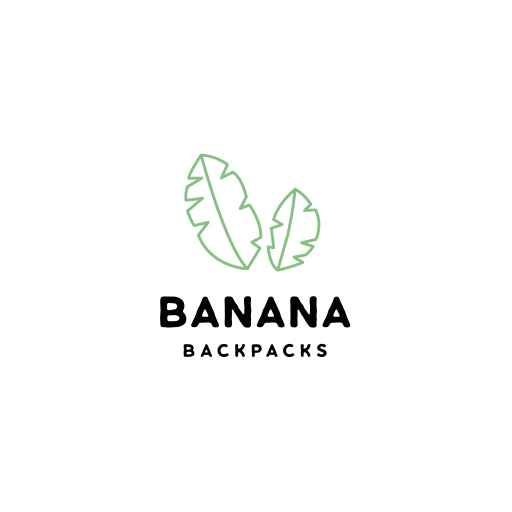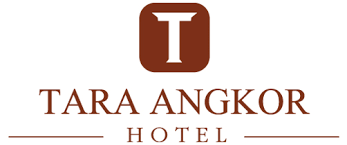
Arriving in Siem Reap for the first time since Covid lockdowns began in 2020, it was a return to familiar surroundings yet things were very different.
Riding into the city, I passed the Raffles Grand Hotel D'Angkor and the Park Hyatt but both were closed, gates blocking the entrances to their driveways. Stores along the street were shuttered and restaurants closed.
The streets contained none of the usual tourists, no bright-faced young backpackers or wide-eyed families eager for adventure packing the tuk-tuks as they raced around the streets.
What was striking was the new granite sidewalks, widened to accommodate dedicated bike lanes and even tactile routes for the visually impaired. Freshly paved roads, new traffic circles, and clean parks with carpets of fresh sod lie along the sides of the river. It was both beautiful and shocking as it seemed such a sudden, dramatic change. The locals, however, will tell you the transformation was anything but sudden and there was a lot of pain and inconvenience over the last two years.
Venturing out at night, Pub Street was lit up as always but hardly anyone was there to enjoy. The market, typically packed with tourists, sat nearly empty - most of its stalls closed, metal rolling doors dropped down to protect their contents. Those restaurants which were open featured the same great food and drinks as always but the struggles of finding a table were replaced by the curse of too many choices.
Miss Wong's Cocktail bar moved several years back from its original hole-in-the-wall location to a bigger space on Street 26 while maintaining the intimacy and cozy feel of an old speakeasy. Strolling into the place one night, I was asked if I would like to sit at the bar or in the garden. Taking a moment to decide, the waiter said "take your time as the whole place is yours." Looking around, I realized he wasn't exaggerating, there was no one there.
The temples were not much different. Riding out to Angkor Wat the next day I was struck by the quiet as the roads were devoid of minivans, buses, and even tourists in tuk-tuks. Arriving at the ticket center to purchase my pass to enter the temple complex, the parking lot was empty. I entered and found just one ticket booth open, purchased my pass, and was out in minutes happy to learn that Cambodia is doubling the length of any pass to encourage tourism. Purchase a 3 day pass and visit for six!
Angkor Wat was as moving as ever, for those who have never been you simply must try and get there. The temple's size is staggering and one can't help but be overwhelmed with a sense of awe when inside. The silence of visiting now, with so few tourists there, only accentuates the mystique. Halls and courtyards which would routinely host crowds of tourists at nearly every moment of the day now sat empty. The line to visit the top of the temple usually stretches hundreds deep, the steep stairs up to the top monitored closely and visitors timed to prevent overcrowding.
I walked up to the stairway and immediately made my way up, there were no lines and just a half dozen people making their way down as I climbed. Atop the structure, I enjoyed the views, marveled at the scale of the entire complex before me, and realized there were fewer than ten other people up there with me.
In fact, in the hours I spent at Angkor Wat, I saw just seven other Caucasians. A small family speaking French, a group of women from the US, Australia, or maybe Europe. We simply exchanged smiles and nods of greeting so it is hard to say. Normally the grounds would be packed with people from across the world, bus groups of Chinese tourists, backpackers from Europe, families from Australia, Korea, Japan, India, and every other point on the globe. Today it was almost completely a Cambodian crowd.
Ta Prohm, the infamous jungle temple from the Tomb Raider movie, was even more deserted. There were less than two dozen people at the temple during my visit. Usually, a long line forms as tourists jockey for a picture next to one of the trees which are devouring the temple's walls but on this day, I spent 20 minutes by myself at the most popular photo spot reflecting on what all this means for the people of Siem Reap.
It was a privilege to enjoy these sacred temples devoid of the noise and crowds that tourism brings but it all comes with a price.
A price that is paid not by me but by the families who depend on those tourists to bring money into their local economy. The tuk-tuk drivers, the maids at the now-shuttered hotels, the busboys at the empty restaurants, and the farmers who sell their crops to those restaurants.
Covid-19 has made travel hard for all of us these last two years and some areas of the world remain difficult to travel to safely. Cambodia is an exception thanks to the country's high vaccination rate (more than 82 percent of the population is vaccinated) and extremely low infection rates. Proof of vaccination and a negative PCR test within 3 days is currently required to enter the country, followed by passing a rapid test at the airport upon arrival but no further quarantine is necessary. Flying home to the US required just a negative rapid test one day before the flight.
Yes, the flights are long from the US but no longer than they have always been and besides the food and movies on those flights help take your mind off the trip.
This is a unique time to be able to enjoy Siem Reap before the crowds return and to help keep this beautiful area's economy afloat during a particularly difficult stretch.
If there is one message everyone in Siem Reap would like to send to the world it is that Cambodia is open for travelers!
Flights have restarted, travel is possible and Siem Reap is eager to welcome the crowds. Residents are eager to share their amazing part of the world with the visitors they love and we at Caring for Cambodia are eager to welcome our volunteers back to our campuses.
We have children who need toothbrushes, school supplies, and uniforms. We have walls that need painting, paver blocks that need laying, and teachers who need training.
Siem Reap and Caring for Cambodia need you.
For more pictures, click here.
